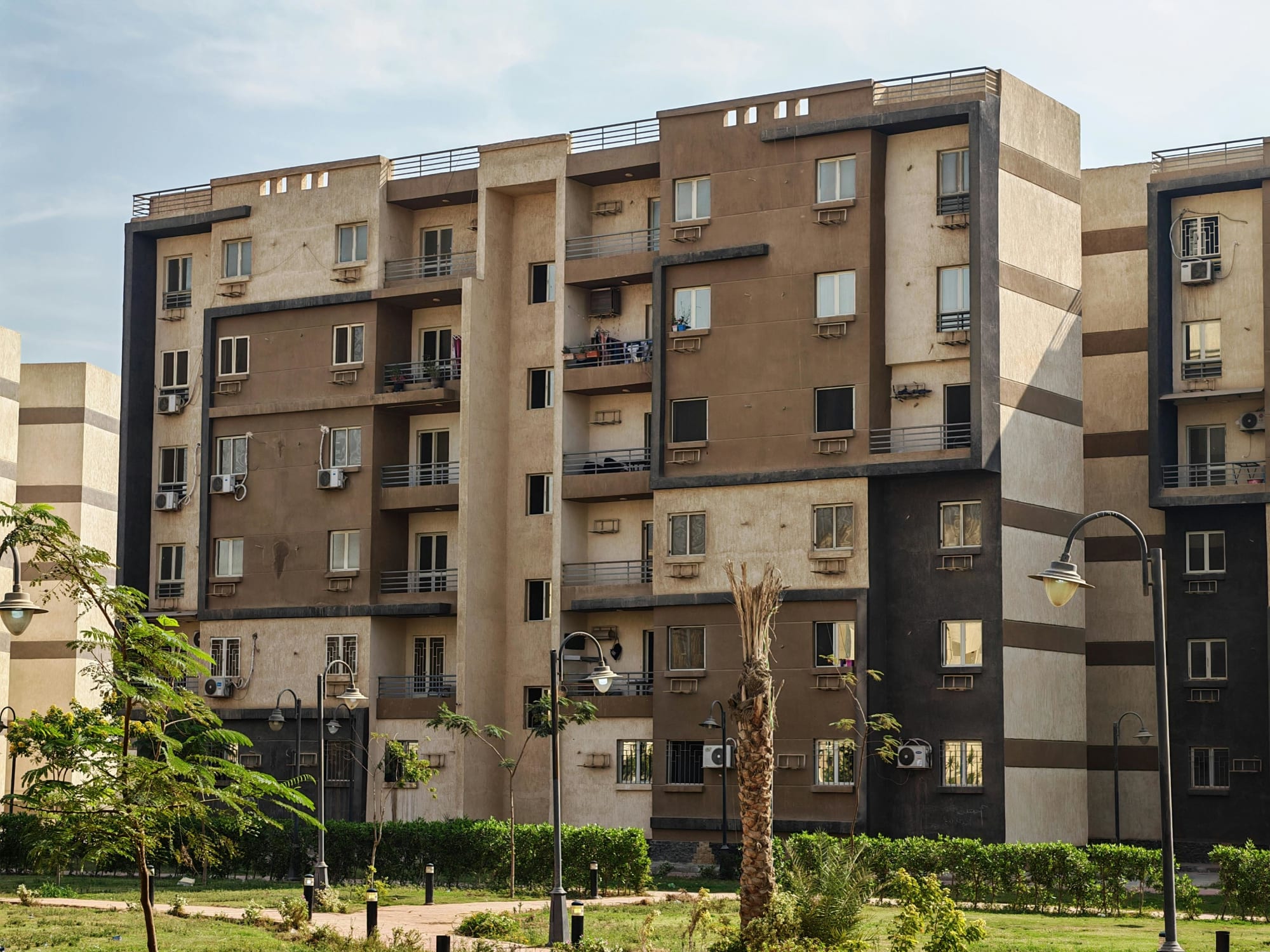Invest
Oversupply predicted to fuel 20% property declines
Sydney and Melbourne could experience a drop of up to 20 per cent in property prices in some areas as early as next year, given the supply of apartments coming on stream, an Australian economist has predicted.
Oversupply predicted to fuel 20% property declines
Sydney and Melbourne could experience a drop of up to 20 per cent in property prices in some areas as early as next year, given the supply of apartments coming on stream, an Australian economist has predicted.

AMP chief economist Shane Oliver says prices in Australia’s hottest property markets are likely headed for citywide falls.
“My base case would be at some point in the next couple of years, prices will fall 5 to 10 per cent in Sydney and Melbourne,” Mr Oliver told Nest Egg.
“It probably requires a turn-up in the RBA’s interest rate cycle. I don’t think the banks are enough to do that on their own.”
However, with a steady supply of apartments still coming on stream in specific areas across the two cities, the price pain should be more acute in some suburbs than others.

Mr Oliver said apartment-saturated suburbs could see declines of up to 20 per cent.
“I think sharp falls of 15 to 20 per cent could be more constrained to suburbs with lots of cranes, and more constrained to apartments as opposed to houses. In Melbourne, that apartment supply seems to be more concentrated to the inner city, whereas in Sydney it’s in those satellite centres like Chatswood and Parramatta,” he said.
“But if you're looking at standalone houses in the eastern suburbs of Sydney or the most of the suburbs of Melbourne, or out at Campbelltown and the Hills district, you’re probably looking at price declines, when they start to kick in at the start of next year, contained around 5 per cent.”
While Melbourne remains more at risk given its burgeoning apartment oversupply, those price declines could be followed by stabilisation if both cities act on housing affordability, Mr Oliver said.
“If state governments are serious about improving the affordability issue, and particularly expanding supply on a fundamental basis, that should help keep house prices down in the years ahead which should in turn gradually help improve affordability.”

Property
Australia’s mortgage knife‑fight: investors, first‑home buyers and the new rules of lender competition
The mortgage market is staying hot even as rate relief remains elusive, with investors and first‑home buyers chasing scarce stock and lenders fighting for share on price, speed and digital experienceRead more

Property
Breaking Australia’s three‑property ceiling: the finance‑first playbook for scalable portfolios
Most Australian investors don’t stall at three properties because they run out of ambition — they run out of borrowing capacity. The ceiling is a finance constraint disguised as an asset problem. The ...Read more

Property
Gen Z's secret weapon: Why their homebuying spree could flip Australia's housing market
A surprising share of younger Australians are preparing to buy despite affordability headwinds. One in three Gen Z Australians intend to purchase within a few years and 32 per cent say escaping rent ...Read more

Property
Tasmania’s pet-positive pivot: What landlords, BTR operators and insurers need to do now
Tasmania will soon require landlords to allow pets unless they can prove a valid reason to refuse. This is more than a tenancy tweak; it is a structural signal that the balance of power in rental ...Read more

Property
NSW underquoting crackdown: the compliance reset creating both cost and competitive edge
NSW is moving to sharply increase penalties for misleading price guides, including fines linked to agent commissions and maximum penalties up to $110,000. Behind the headlines sits a more ...Read more

Property
ANZ’s mortgage growth, profit slump: why volume without margin won’t pay the dividends
ANZ lifted home-lending volumes, yet profits fell under the weight of regulatory and restructuring costs—an object lesson in the futility of growth that doesn’t convert to margin and productivityRead more

Property
Rate pause, busy summer: where smart capital wins in Australia’s property market
With the Reserve Bank holding rates steady, the summer selling season arrives with rare predictability. Liquidity will lift, serviceability stops getting worse, and sentiment stabilises. The ...Read more

Property
The 2026 Suburb Thesis: A case study in turning trend lists into investable strategy
A new crop of ‘suburbs to watch’ is hitting headlines, but translating shortlist hype into bottom-line results requires more than a map and a mood. This case study shows how a disciplined, data-led ...Read more

Property
Australia’s mortgage knife‑fight: investors, first‑home buyers and the new rules of lender competition
The mortgage market is staying hot even as rate relief remains elusive, with investors and first‑home buyers chasing scarce stock and lenders fighting for share on price, speed and digital experienceRead more

Property
Breaking Australia’s three‑property ceiling: the finance‑first playbook for scalable portfolios
Most Australian investors don’t stall at three properties because they run out of ambition — they run out of borrowing capacity. The ceiling is a finance constraint disguised as an asset problem. The ...Read more

Property
Gen Z's secret weapon: Why their homebuying spree could flip Australia's housing market
A surprising share of younger Australians are preparing to buy despite affordability headwinds. One in three Gen Z Australians intend to purchase within a few years and 32 per cent say escaping rent ...Read more

Property
Tasmania’s pet-positive pivot: What landlords, BTR operators and insurers need to do now
Tasmania will soon require landlords to allow pets unless they can prove a valid reason to refuse. This is more than a tenancy tweak; it is a structural signal that the balance of power in rental ...Read more

Property
NSW underquoting crackdown: the compliance reset creating both cost and competitive edge
NSW is moving to sharply increase penalties for misleading price guides, including fines linked to agent commissions and maximum penalties up to $110,000. Behind the headlines sits a more ...Read more

Property
ANZ’s mortgage growth, profit slump: why volume without margin won’t pay the dividends
ANZ lifted home-lending volumes, yet profits fell under the weight of regulatory and restructuring costs—an object lesson in the futility of growth that doesn’t convert to margin and productivityRead more

Property
Rate pause, busy summer: where smart capital wins in Australia’s property market
With the Reserve Bank holding rates steady, the summer selling season arrives with rare predictability. Liquidity will lift, serviceability stops getting worse, and sentiment stabilises. The ...Read more

Property
The 2026 Suburb Thesis: A case study in turning trend lists into investable strategy
A new crop of ‘suburbs to watch’ is hitting headlines, but translating shortlist hype into bottom-line results requires more than a map and a mood. This case study shows how a disciplined, data-led ...Read more








